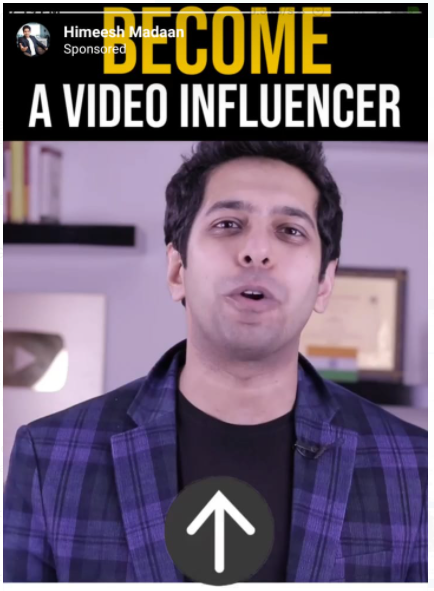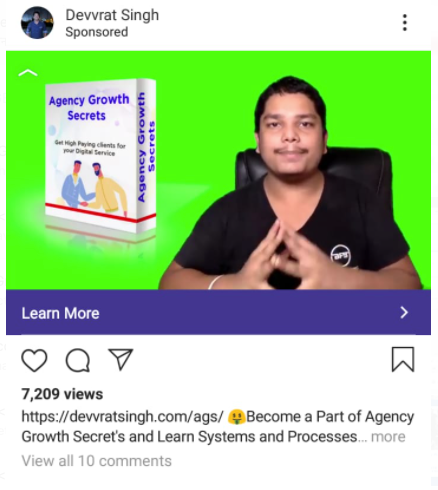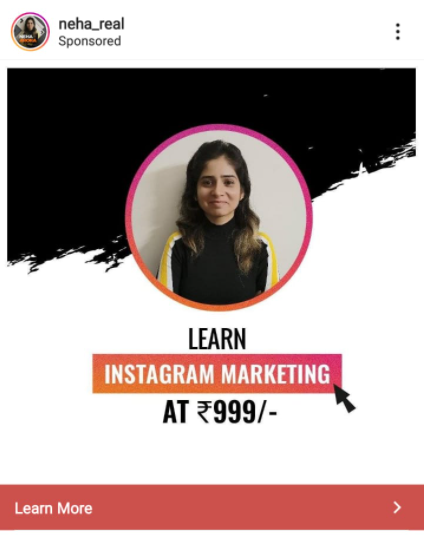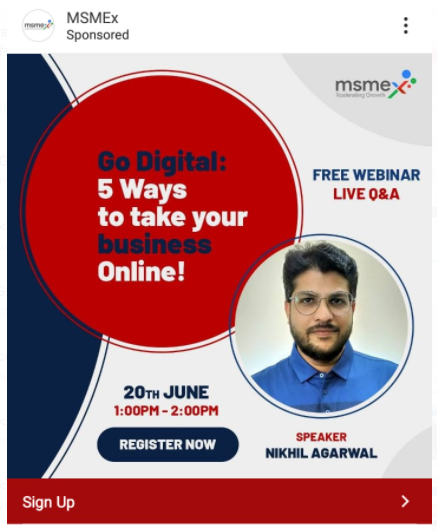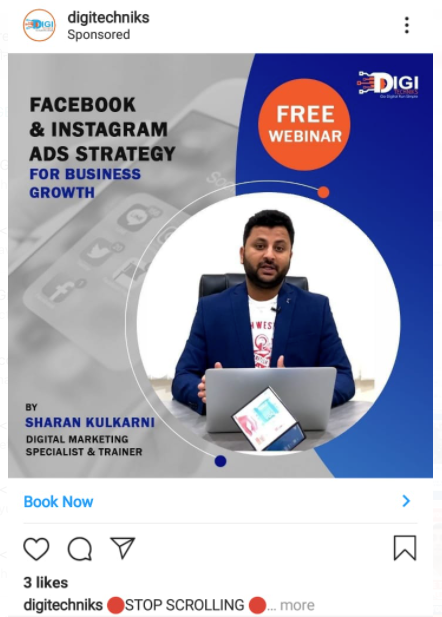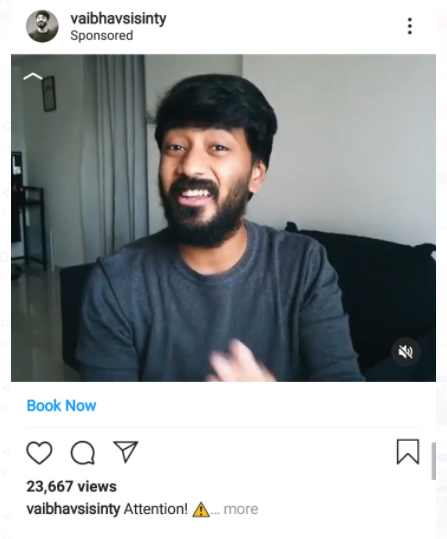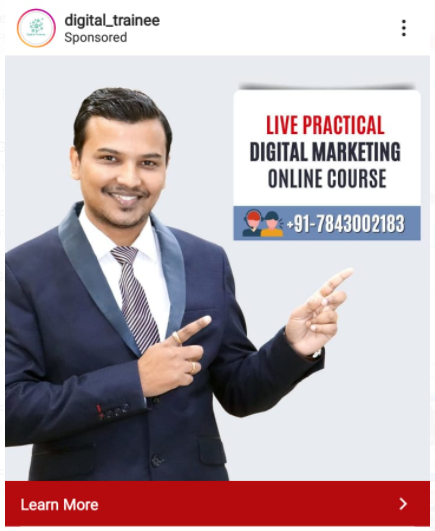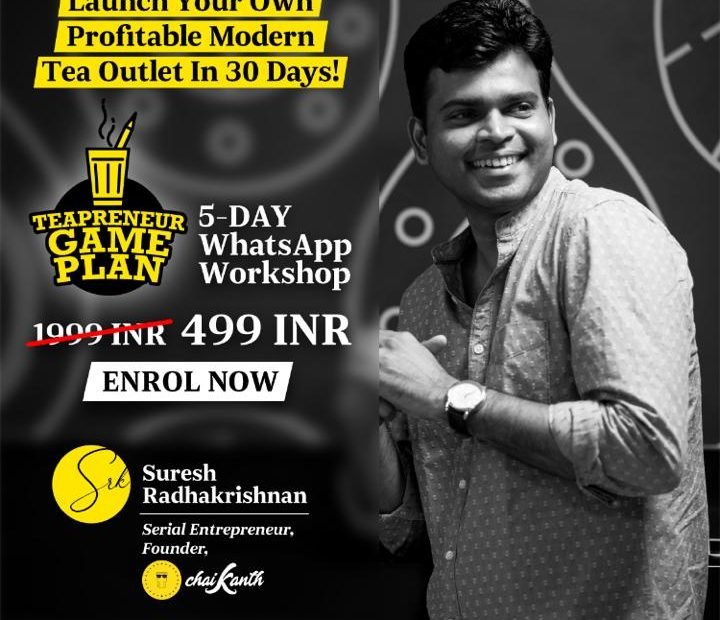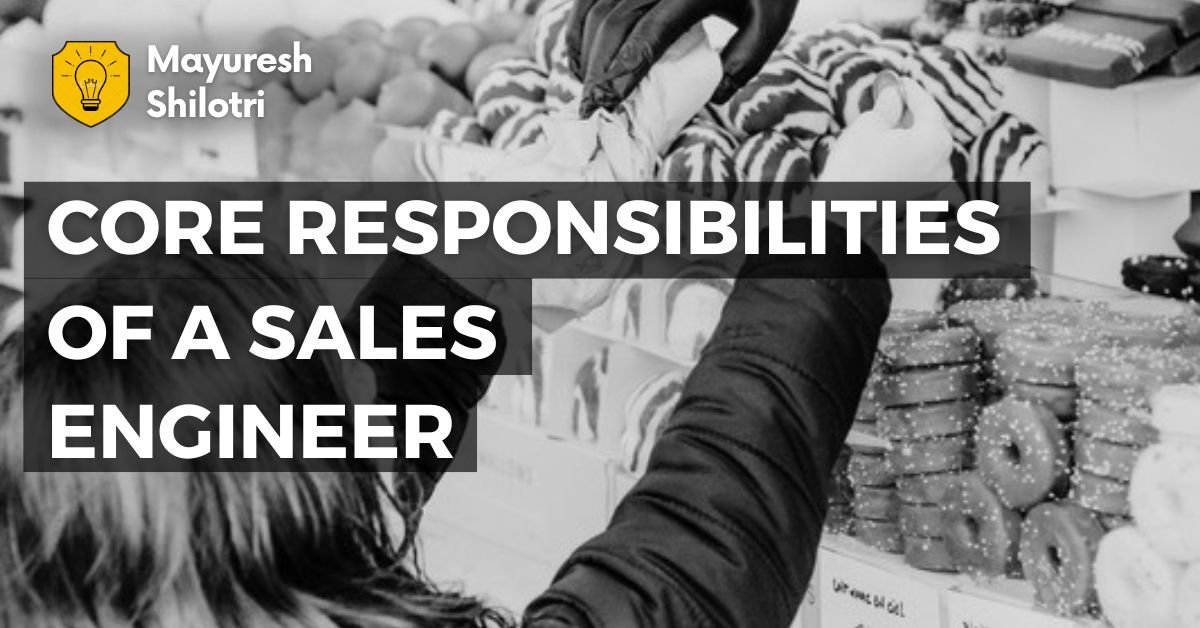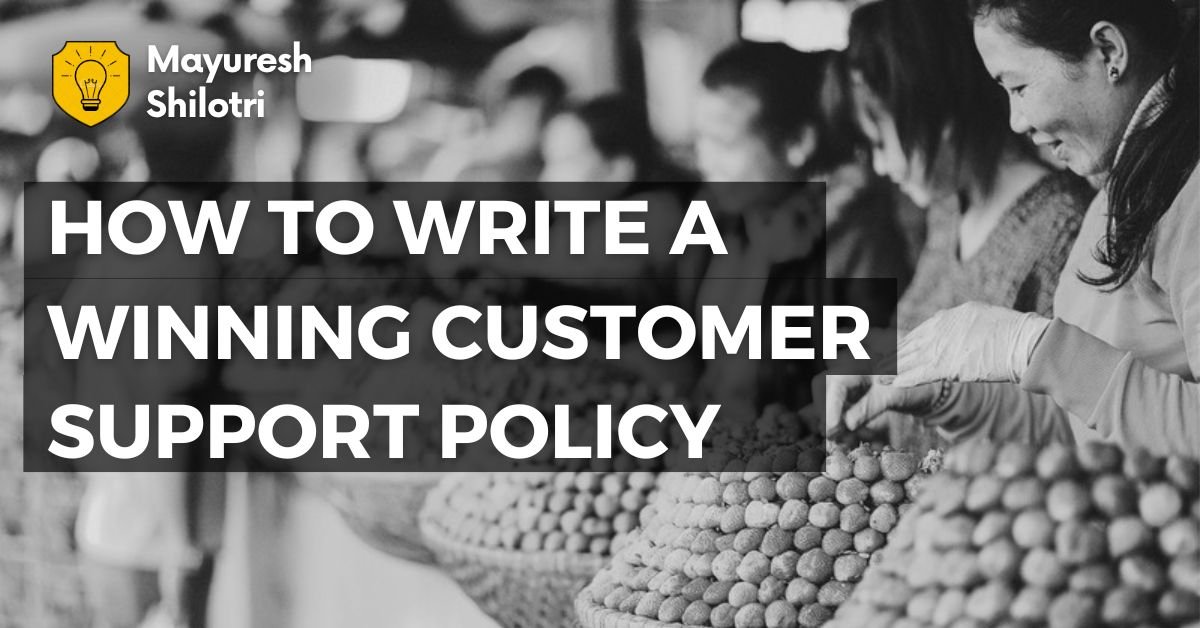Lockdown saw a surge of 2 hour to 5 day workshops. These were mostly introductory offerings leading to a larger product. Brands and individuals (Gig workers) both jumped on this big time. Here is an analysis of the phenomena that lasted for 2 quarters.
Data Science, LinkedIn Workshop, SEO, Writing, Dating (yes dating), UX, Public Speaking, podcasting … You name it workshops and short courses of all size and statures are out there. They are free to ₹99 to ₹999. While few of these had some academic merit, most were carefully crafted knowledge integrated up-sell pitches.
- Words:2315 (Skim friendly)
- Type: Post
- Video:0
- Slides: 1
- Topic: Humans Of EdTech
- TIME: 16 Minute
What exactly are the shorter programmes?
In India, we saw a lot of short courses especially around the lockdown that followed the pandemic in India, especially from March 2020. In this we had one hour workshops to 15-hour workshops, mushroom very rapidly, all across the landscape of this country. And the topics were as diverse as LinkedIn, Data Science, SEO, Writing, Dating, User Experience, Public Speaking, Coaching, Stock market Investing, Commodities, Selling you name it. The price points are anywhere between zero, which are absolutely free to attend to INR 2500. But the median price point being INR 499. That’s the sweet price point INR 499, which is basically psychologically, one 500 rupee note.
And what typically ends up happening is if you have a five-day workshop for 500 rupees you see at it, you look at it and say that is 100 rupees per day. And if you do the mathematics by hour, it comes to 66 rupees per hour. But again, the number of people in this workshop can be anywhere between 500 to 3000. So, the price extracted, per workshop can be lucrative for the people conducting them.
Other short programmes we have conducted are short executive workshops. These workshops can be for four days to five days, and full day workshops. So we’re looking at close to six hours per day, three hours pre-lunch, three hours post-lunch. We essentially work with executive leadership teams in the Fortune 500 companies. We have been doing this on remote locations & on premise by travelling across the length and breadth of this country and across the globe and delivering some of these workshops.
Student-teacher ratio of 1:1000, where the price point for the whole programme is $7 or INR 500
Why do they work?
If you look at from a consumer perspective, all you’re seeing is that you need to pay a very nominal sum. You expect limited. The promise on the website is finite, but exaggerated. And it seems across that you’re going to get goodies worth rupees 20,000 rupees or 15,000 rupees in the 500 rupees. So there is a fair amount of buildup, these are well-known techniques in sales. Now, you feel you are is getting more in return than what you’re paying for. So, that’s it, you accept the deal.
Now, some of these pitches that happen across the five days are typically which happen in a single 3-hour session. They have very defined educational value. Let me take a few examples. I’m going to walk you through them. Also, we will understand why they work.
Let’s have a look at the first of such product, which is essentially “The Inspiring Talk”. “The Inspiring Talk” is a podcast a person delivers that by the name of Bijay Gautam. And, he has built up a track record. He’s built up his own podcast. He interviews some really interesting people & famous personalities. Now, he started training others. And then, he made a product out of his service, where he is now training people, teaching people how to do podcasts. It’s a session that lasts for 2 hours, You definitely end up learning quite a few tricks. You could attend the workshop for free, and then basically, you could upgrade yourself to the paid programme, which I remember to be around 5000 Indian rupees. And you could get the whole training back and material for yourself. So that’s how the whole thing essentially works for you.
So the basic narrative and the structure of the pitch, which we’ll come to a little later.
Now let’s have a look at another of such workshop. And this was one of the most popular ones. LinkedIn Workshop by Vaibhav Sisinty.
Awesome. So the thing is, right, so this person conducted the LinkedIn Master Class where essentially it was a five-day workshop used to charge around 500 bucks for it. This product may be discontinued now. This page now looks in a state of disrepair, but it was one of the most impactful landing pages. Facebook re-targeting campaign capably backed it. The course material basically had the right value bomb, I can see basically, he could put things in context. Very clear articulation of what is the core value, what are the bonuses, tonnes of testimonials? And that’s how you essentially keep on growing. And then I think a very impactful video where this person essentially communicates what he or she offering. Very large buttons integration with the payment gateways, Strong CTA and psycho-tactics rule the page. `
Different Workshops during Lockdown
Please find below the screenshots of Instagram Ads
What changed during Pandemic enforced Lockdown?
So the thing to note over here is that these courses have already existed. We used to always call them as ‘workshops’ or ‘free trials’. There’s nothing innovative per se. Here is what changed during lockdown.
- Forcible confinement of the people to their respective homes
- Zero socializing
- Uncertainty regarding Job
- Job Losses
- Need to conserve cash in hand
- Stop on discretionary spending
- Disposable time with people due to time saved in commute and higher efficiency at home.
How do they work from the seller’s/ educator’s perspective?
The cost of acquiring customer (CAC) is subsidized. Person essentially pays for his or her own cost of acquisition. The CAC on Facebook or Instagram can be anywhere between 100 rupees to 300 rupees. If people end up paying the same amount as the fees, they’re essentially you’re gaining customer for a free value. Then marketers upsell successfully to 10% to 20%, of people. So that the upsell is essentially all the money that you end up making over here. And for this system to kind of succeed, you need to have product stack; you need to have like a free tier product. And then you need to have like products, which you can monetize successively.
Where is the growth loop?
Let’s understand what a growth loop is. We also call it as virality, When one customer gets the next customer for you, that’s essentially a growth loop. So there are multiple ways people have implemented groups within their products. So one is when you are in the workshop with these people, or they will essentially do is that they will ask you to –
Post something on Instagram, with a particular hashtag, praising, giving feedback, or whatever it is. And if you do that, then you essentially unlock a goodie for yourself. So by doing that, you get the goodie. But the person on the other side gets free publicity. So they will typically want you to do something like this on a platform like Facebook, or a platform like LinkedIn. So that’s essentially one group that they will.
Second, the second group is the aiming to award you some sort of certificate and intermediate certificate on day one, day two, or something of that sort. And they will ask you to post that as a certificate of honour or a badge publicly. So more and more people come to know about the offering. So that’s what happens on the second level.
Third, what people do is that they typically put up a contest where if people take part in that, and they do something really nice, they get something special or extra for them. So that contest is conducted on a public platform like Facebook. So that again runs the growth loop so to speak.
Four, Now there are some people who have done this even better, where the activities that you do as your learning becomes promotion for the program. The activities that you do in your coursework, in your curriculum, in your actual programme, they themselves will cause some sort of spillover for the main programme, so you will inevitably inadvertently unknowingly ended up promoting the main shorter tier one programme.
One person who has done this really, really well is the Public Speaking by Praveen Wadalkar.
What is the anatomy of the pitch deck?
So, let’s have a look at the five-day anatomy of this thing.
On day 1, there is a kickoff. They conduct everything through pitch deck. Introductions, orientation. Most of these things are conducted by owner-trainers. So, there is no extra cost that these people have to bear regarding training people.
Energy Booster: All these decks start with the energy booster – People are asked to do ‘Yes’ on Zoom Chat, do a couple of ‘Yes’es, “bing” on chat. So, I think a lot of personality getting injected. Then over a period they communicate the course material in such a way that at all points in time, the reason to upsell is strongly established. So, if you are being taught, four techniques of public speaking, then one technique of public speaking would be covered and the remaining three techniques of public speaking, we will cover them in the paid programme. If you are doing something regarding podcasting, so, how do you plan a single podcast episode is shared with you, but if you want to plan all your episodes then topic generator excel sheet, calendar, outreach email templates etc. are positioned as part of paid program. So, always the incremental value of what is missing is being communicated.
Once the session ends, there is an explicit upsell. The Seller will say that there is going to be an upselling, those who want to drop out kindly do so – I will start in 2 minutes. So basically, they make it no obligation types, but people wait back because the entire session has climaxed to that point, a lot of value bombs are given out. And after all the value bombs are dropped, all the goodies are given, out on the last day, or basically the last 30 minutes of the session. Then comes the pitch, where I think the pitch is very straight direct.
And the slides have a very typical anatomy – Value and Testimonial is alternated multiple times to have a buildup.
Then establish a Price Point. We call it anchoring.
Then they will start adding bonuses. This is multi-step This builds up the price.
Here comes Urgency – but if you buy it today, you will also get this Bonus – you will also get this bonus one, bonus two bonus three.
What is the price of all the bonuses; if you add it becomes 70,000 rupees. But if you take it right now, and all of this would be available for 20,000.
Now they have people’s attention – This just makes the value prop good.
Good to Great. If you book it in the next 30 minutes, it will be available for you for 10,000 rupees. So they basically make it unmissable deal. Here comes the payment URL. Theatrics here include changing the price of the product on Instamojo in real time.
You can pay via EMI too. So another lower price thrown.
The rest of session is with a screen that has reverse counter for 30 minutes and query resolution. People who purchase are celebrated. And this is the format everywhere.
How are they going to adapt in time to come?
I think they will go back To the old form factor, which was workshops, trial classes, and webinars. So that’s exactly how they will go back to.
Because I think that hype and euphoria is over regarding conducting a 500 rupee box over a 299 and a 99 rupee workshop.
There is a structural change. People who are sitting at home and who could attend to some of these workshops are now back in office, and they can now go back. So they don’t really have the energy to come back from office and log in at 8pm and attend some of these sessions. So that has definitely changed.
Second, I think people can see through this beyond a point in time. The last question, I think we should you ask yourself, Is this really education with a very pure heart? Is this even just in time, just enough education? So here is the thing. It really depends on what is being covered in some of these workshops. And whether that really qualifies as an education. I think these are more of sales sessions, where you essentially are communicating what is the value of your larger product and essentially, giving a trial a glimpse to people who are really interested in it, that’s exactly what is happening over here. In that one hour, two hours, three hours, I’m not sure there is any career pivoting or life changing outcome or learning that is happening for any of the learners. So that’s how the whole thing typically works.
So this really is not a very sustainable way of teaching learning or anything of that sort.
But yeah, a question that typically gets asked is that is this persuasion or is this manipulation? There is a fine line between them? You know, persuasion is when there is a win-win outcome for both the parties involved? Manipulation is when there is a win-lose, one person wins, another person essentially loses. So what is this – Is this persuasion? Is it manipulation? Now, here’s my take.
I think this is definitely persuasion. The person is there; the person is offered some value, put out a message, and you’re opted in for it. No one is forced anyone and the person isn’t even trying his or her best to communicate the overall value of the product. So this is definitely persuasion and not manipulation.
Join to get sneak peek into what's happening
I write about books, experiences, product, UX, EdTech, early stage growth, validation – mostly tech. Subscribe if these topics interest you. Once every 15 days emailer. I promise – No spam. (I am known for it otherwise) 😉


